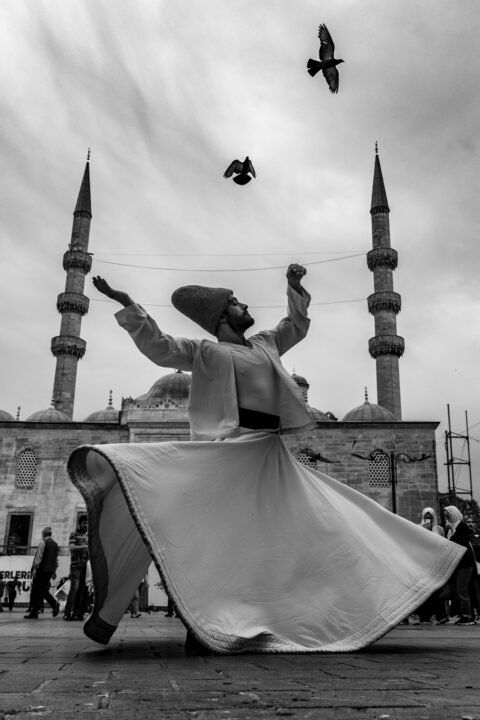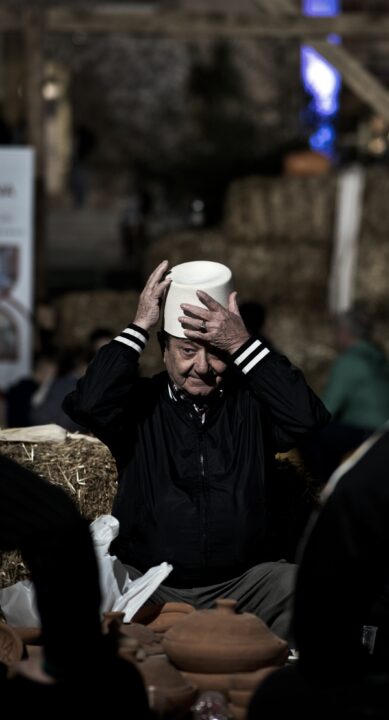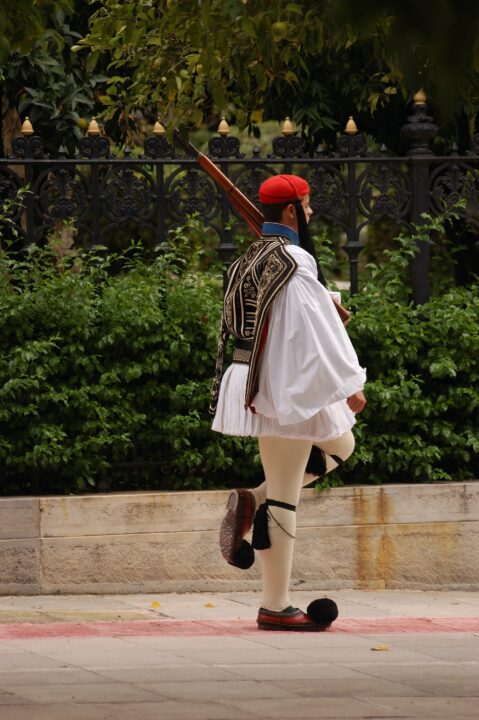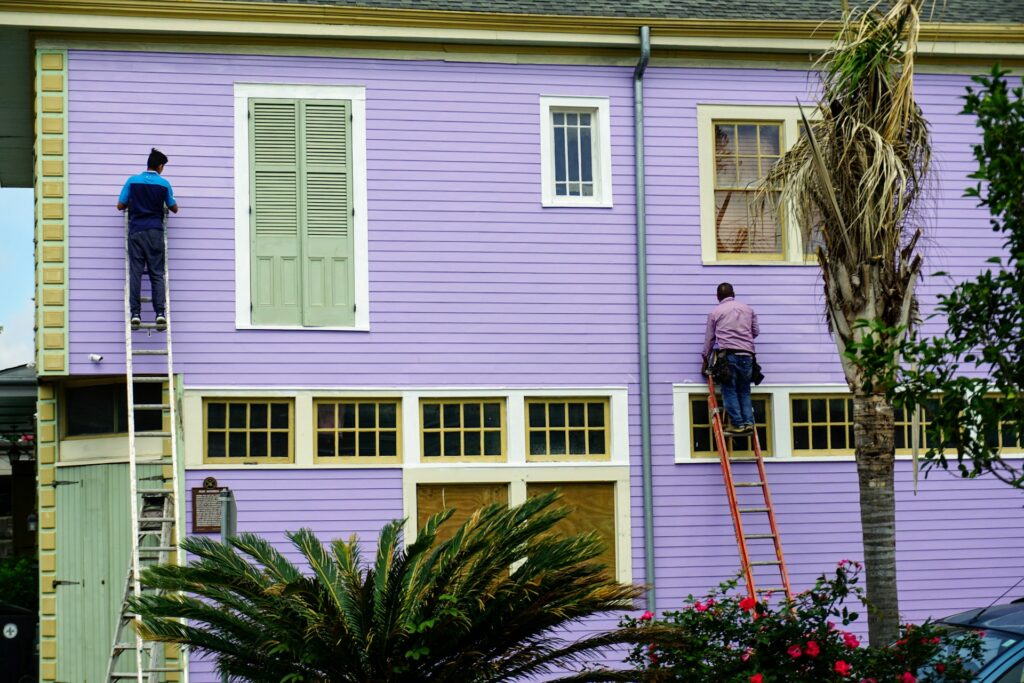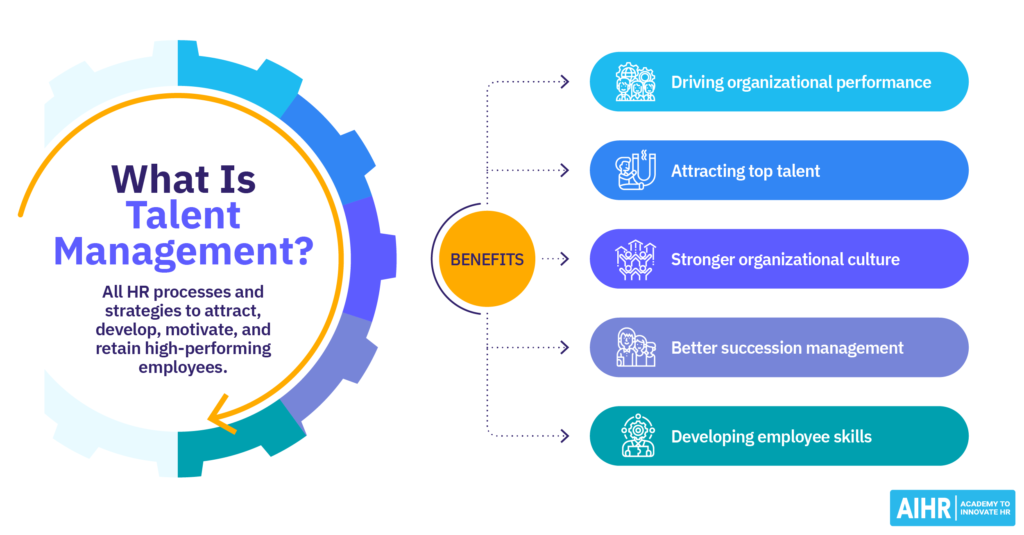Traditional costumes and dresses are found in every corner of the world, especially wherever people live. Most times, because of the influence of foreigners, traditional costumes may begin to fade into the background and start being replaced by new trends. This is the case with Albanian traditional clothing.
A Brief History of Albanian Traditional Clothing
Albania is a country in southeast Europe, located in the Balkans region of the world. Though Albanians have one of the most homogeneous traditions in Europe, most of their cultures, including their clothing styles, have been influenced by the Ottoman Empire, which ruled them throughout the late 15th century until they gained independence in 1912.
However, there are more than 200 different kinds of clothing in all of Albania and Albanian inhabited lands; this is due to the division of the Albanian principalities in the Middle Ages. Every cultural and geographical region of Albania has its own specific variety of costumes that vary in shape, style, material, color, detail, and form.
Traditional Albanian costumes vary according to region, class, and marital status, and there are many similarities between traditional Albanian costumes and traditional clothing from other Balkan regions. However, Albania’s recorded history of clothing goes back to classical times. It is one of the factors that has differentiated this nation from other European countries, dating back to the Illyrian period. Therefore, Albanian clothing remains relatively unique for its strong emphasis on Illyrian tradition.
Traditional clothing in Albania is made by specialized craftsmen and women, traditionally mainly from local materials such as leather, wool, linen, hemp fiber, cotton, wool and silk. It is often decorated with colors, embroidered symbols and elements in elaborate ancient patterns of Illyrian antique pagan origin, like suns, Albanian eagles, moons, stars, and snakes, all incorporated in gold and silver are traditionally made by weaving clothes using looms.
Clothing in Albania differs by region and there are several other subregions that house cities and towns, each with its own traditional clothing styles. It is a little bit difficult to expose all the traditional clothing in Albania because most of them are called differently according to their regions. Traditional costumes usually depict tribe, region, and marital status, each of them differs from the other.
However, in today’s world, Albanians wear the same clothes you can see everywhere in Europe. Traditional costumes are most often worn during special events and celebrations, mostly at ethnic festivals, religious holidays, weddings, and by performing dance groups. Some elderly people in some remote parts of Albania continue to wear traditional clothing in their daily lives, though it is becoming increasingly rare because for some old people, it is hard to let go of their traditions.
Nowadays, Albanians are westernized and many dressing options are available. Young people and adults alike wear jeans, miniskirts, or shorts, similar to people from the western world.
However, traditional clothing still exists among Albanian people, because some conservative old men and women, mainly from the North, wear traditional clothing in their daily lives. But older women from the South prefer to wear all-black outfits.
There are certain Albanian traditional clothing items that you might want to know more about, so let us describe each of their national clothing items.
Though Albania has a certain way of dressing that is distinct from its two major regions, the North and the South, they have a common national attire for both men and women that can be used to identify an Albanian anywhere around the world. These clothing consist of headgear, pants, top clothing, socks and shoes in different fashions. every region in Albania has its own traditional dress, with
Albanian Traditional Clothing; Headgear
The style of hat for Albanian men is thought to date back to Illyrian culture, around 1000 B.C., but it has become part of the traditional clothing for Albanian men.
Headgear for men
The following headdresses are in use for men:
1. Qeleshe or plis
-

ardit mbrati,pexels,14315998.jpg
The Qeleshe is a white-dome shaped hat without brims. It was often imprinted with the Albanian eagle, like the one-on their flag. It is worn by men in Albania, Kosovo, the Albanian-speaking parts of Greece and North Macedonia. But its styles are different in some regions; for example, in central Albania, it is cone-shaped, and in North Albania and Kosovo, it is round shaped.
2. Qylafë
The Qylafe is a tall black woolen cap like the Qeleshe, made of lamb fleece and worn mostly by men in southern Albania.
3. Fez
-

pixabay, 3025971_1280.png
Fez is a red, felt headdress in the shape of a short cylindrical, trunk-like hat, usually with a black tassel attached to the top. It was actually a traditional Turkish cap that was adopted by the Albanians during the rulership of the Ottoman Empire.
Headgear for women
The following headdresses are in use for women:
4. Kapica
Kapica is a headdress for women and it means cap in Albanian. It is usually made of satin and decorated with pendants.
5. Kryqe
Kryqe is a square shaped headdress with embroidery worn for festive occasions, often with a veil that cascades down the body.
There are also other women’s headdresses like Langi, peshqira, riza, marhamë, pashnik worn for different occasions.
Albanian Traditional Clothing: pants and shirts
for men and women
The most famous and ancient Albanian traditional clothing for men is the fustanella, a skirt-like item. For women, it is the xhubleta, which is a bell-shaped skirt.
6. Fustanella
-

tasos mylonas, pexels,10924615.jpg
The fustanella is a white, skirt-like garment worn by men. Most traditional Scottish clothing would be described as a kilt. The fustanella has a history dating back to ancient Greece, where it was known as the chiton (tunic).
The fustanella has gone through different variations as Southern Europe came under the sway of different empires. It has been worn by warriors, as shown in the Byzantine Empire and by the Ottomans later on. However, until the 20th century, it remained a garment only worn by the upper classes because of how complex it was to make.
The fustanella has a very complex and specific design. It has about 60 pleats and is made from homemade cloth. Albanians would dip the material in sheep fat to make it waterproof and less visible from a distance.
7. Tirqe
Tirque is a long pair of pants worn by men. They are long to the ankles and usually white in color, with a black stripe sewn to the ankle. It is worn by men throughout Albania.
8. Xhubleta
The Xhubleta is worn only by women, and is a very unique style because of its shape, structure, and decoration. The Xhubleta is mostly worn by Albanians in Northern Albania and Kosovo. It is equally ancient as the fustanella, as statues of people wearing it have been discovered to date back as far as 3000 years.
Xhubleta is a bell-shaped skirt hung from the shoulders by two straps. Because of its design, it demands up to thirteen to seventeen strips and five pieces of felt too. There is an apron above the skirt that is made from wool.
There are two types of xhubleta, both in style and color. For style, one is narrow and the other is large. Only two colors are used, black and white. Traditionally, unmarried Albanian women would wear white xhubleta, and married Albanian women would wear all-black outfits.
9. Xhamadan
A xhamadan is a traditional wool garment that is worn by Albanian men throughout Albania. A xhamadan or xhamadani is a long shirt or vest that can either be sleeved or sleeveless, often with rich, intricate embroidery, sometimes in gold. Albanians can also wear a Tallagan which is a heavy coat, over it when the weather gets cold.
In the past, the quality of your Xhamadani depicted your social rank. The upper classes flaunted their wealth by having a Xhamadan made with gold thread. Usually, colors and materials change depending on the region. For example, in northern Albania, men wear red velvet xhamadani embroidered in black or gold silk. In Southern Albania, the xhamadan is creamy or dark blue.
Albanian Traditional Clothing: Accessories
10. Brez
Brez are traditional belts that are worn by Albanian men throughout Albania, in Kosovo, North Macedonia, Serbia, Montenegro, and in the Arbëresh villages in Italy.
11. Çorape
Çorape are traditional socks that are worn by Albanian men throughout Albania, in Kosovo, including North Macedonia, Serbia, Montenegro, and also in the Arbëresh villages in Italy. Çorape are typically made of traditional materials and are usually red or white.
12. Opinga
Opingas are traditional shoes that were worn by many men in the Balkans historically. And are now worn by Albanian men throughout Albania. Evidence shows that they were worn as far back as 2500 years ago.
These shoes are made of a sole piece of leather tied with wool strips. The most iconic is worn in Southern Albanian, with an upturned front and pom poms on each end. Most often, the only people who could afford these items were wealthy Albanian rulers and merchants because of their expensive method of construction. Albanian traditional clothing is now mostly worn for theatrical plays or folk dances in Albanian cities.
